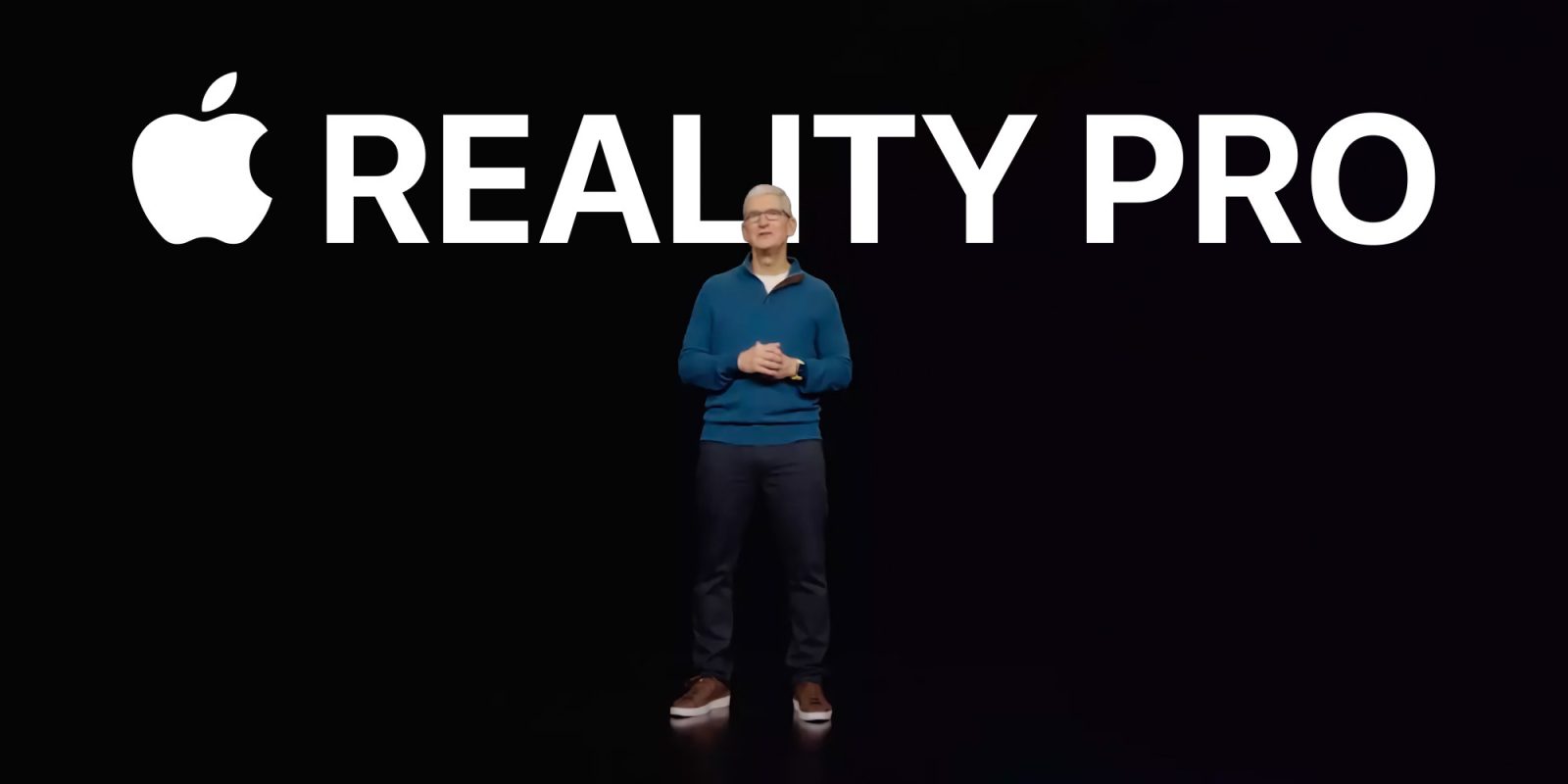
All reports point to Apple launching its mixed reality headset — an augmented reality and virtual reality capable device — this year, likely at WWDC in June. But the Financial Times this weekend notes that the decision to ship now has been divisive inside the company.
The report says that operations team led by Jeff Williams wanted to ship a technologically-advanced headset as soon as possible, even if the device would be bulky and expensive. Members of the design team disagreed, wanting to wait until lightweight AR glasses product was feasible. Cook backed operations.
Although the idea of thin and light AR glasses sounds appealing, it is technologically impractical today and may still be for several more years. (Apple is reportedly working on a glasses project as a long-term goal, although several generations of headset will ship before it comes to fruition.)
The choice of timing is critical. According to the report, Cook and Williams acknowledge the state of the market and believe it makes sense to enter the fray now, even if the first-generation headset will be expensive and of limited appeal to consumers. The idea is to iterate and improve over time.
The first-generation headset is believed to be expensive (priced around $3000) due to the state-of-the-art technology being included like dual 4K OLED displays and advanced eye-and-hand-tracking sensors. The device is also believed to be relatively bulky and have short battery life; able to last about 2 hours per session. The company expects to sell about a million units in the first year.
The Financial Times report frames this as an operations versus design group divide:
Apple’s operations team wanted to ship a “version one” product, a ski goggle-like headset that will allow users to watch immersive 3D video, perform interactive workouts or chat with realistic avatars through a revamped FaceTime. But Apple’s famed industrial design team had cautioned patience, wanting to delay until a more lightweight version of AR glasses became technically feasible. Most in the tech industry expect that to take several more years.
Top comment by AppleDev
I really don’t think Apple is as dysfunctional internally as this article implies. I’m sure there was some caution that such a product isn’t going to be the next iPad or Apple Watch from the design team. Particularly due to compromises required in design at this point. I doubt the design team was pitted against operations.
Remember that Apple owns a VR/AR media company and 1000s of engineers working on AR that probably need real world feedback at this point. There is a time for secrecy and a time to show your hand. Operations needs to do what is right for the entire company.
Under Apple’s structure of ten years ago, Steve Jobs and the design team drove almost all decisions. Operations was in service of the design team’s wishes. That has shifted under Cook, with operations getting more power and visibility in the executive ranks. Significant design team leadership have also departed the company in the last five years, notably with Jony Ive leaving in 2019, and his replacement Evans Hankey also announcing she is leaving the company this year.
Apple has even decided not to name a replacement for Hankey’s role. Instead, the design team will report to COO Jeff Williams.
The headset launch will no doubt reflect on Tim Cook’s legacy. The headset represents the second major new product launch of his tenure as CEO, after the Apple Watch in 2015. Cook has already indicated he plans to retire within the next decade, which means the headset very well could be the last major product launch of his run as CEO.
Even if the first-generation headset isn’t a smash success by Apple’s normal standards, the company will hope for it to be well-received and follow up with iterative improvements in future years. A lower-priced second-generation headset device is already said to be in development.
FTC: We use income earning auto affiliate links. More.





Comments